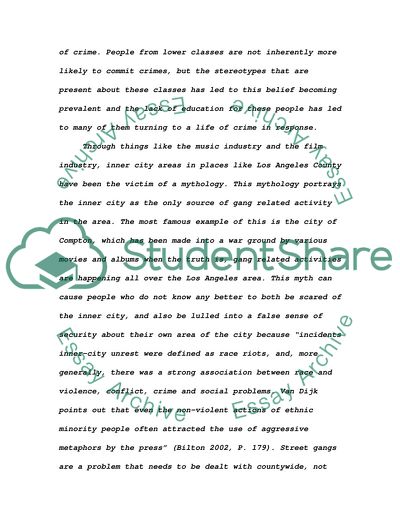Cite this document
(Does Social Class Influence the Chances of Being Involved in a Crime Essay, n.d.)
Does Social Class Influence the Chances of Being Involved in a Crime Essay. https://studentshare.org/social-science/1713966-crime-and-inequality-is-there-a-relationship-between-crime-and-social-class
Does Social Class Influence the Chances of Being Involved in a Crime Essay. https://studentshare.org/social-science/1713966-crime-and-inequality-is-there-a-relationship-between-crime-and-social-class
(Does Social Class Influence the Chances of Being Involved in a Crime Essay)
Does Social Class Influence the Chances of Being Involved in a Crime Essay. https://studentshare.org/social-science/1713966-crime-and-inequality-is-there-a-relationship-between-crime-and-social-class.
Does Social Class Influence the Chances of Being Involved in a Crime Essay. https://studentshare.org/social-science/1713966-crime-and-inequality-is-there-a-relationship-between-crime-and-social-class.
“Does Social Class Influence the Chances of Being Involved in a Crime Essay”. https://studentshare.org/social-science/1713966-crime-and-inequality-is-there-a-relationship-between-crime-and-social-class.


